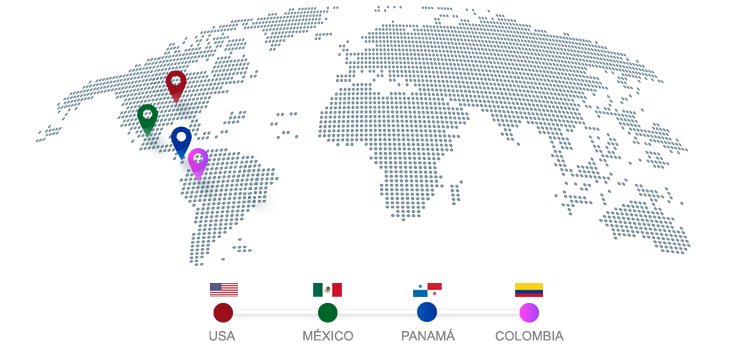Who we are
A mix of more than 50 years doing consulting in strategic business and technology. We have been successful implementing processes that take the strategic intent of an organization to the individual level, such that the contribution of each job/person to the organizational strategy is clear. Our tested methodology is available in a technological solution available in the cloud.
MISSION
To develop in our clients a culture of orientation to results and make possible that all their employees deliver the results expected from them.
VISION
Our clients achieve the goals they want.






























